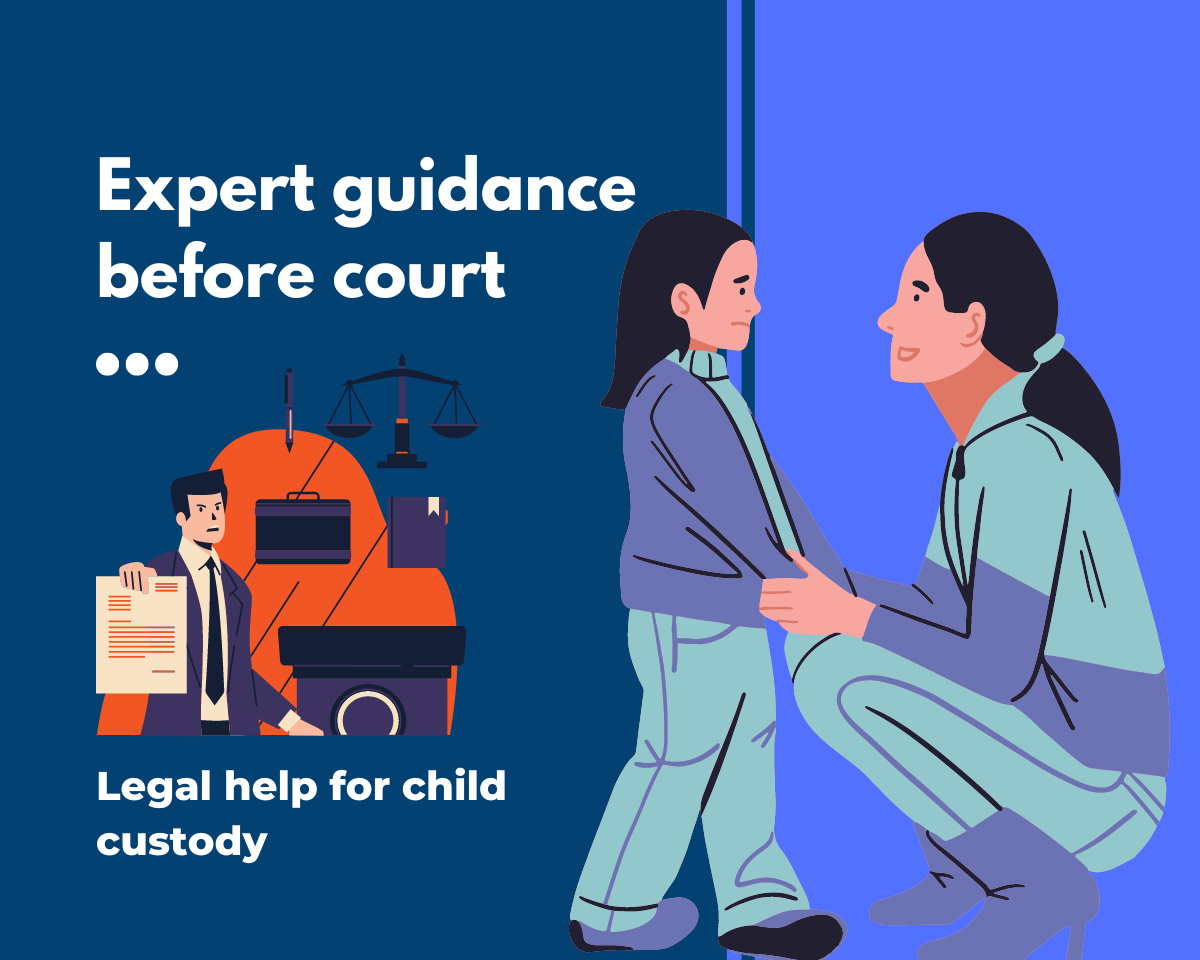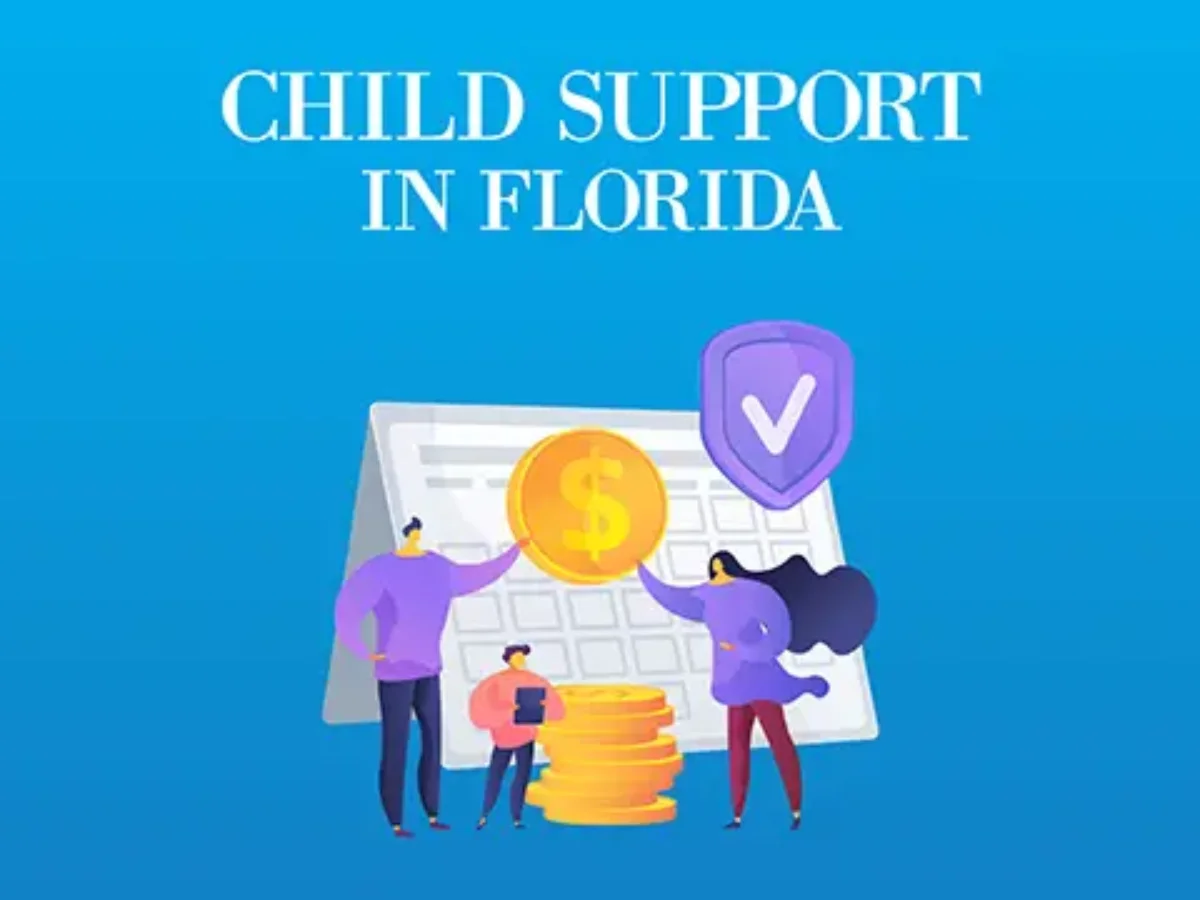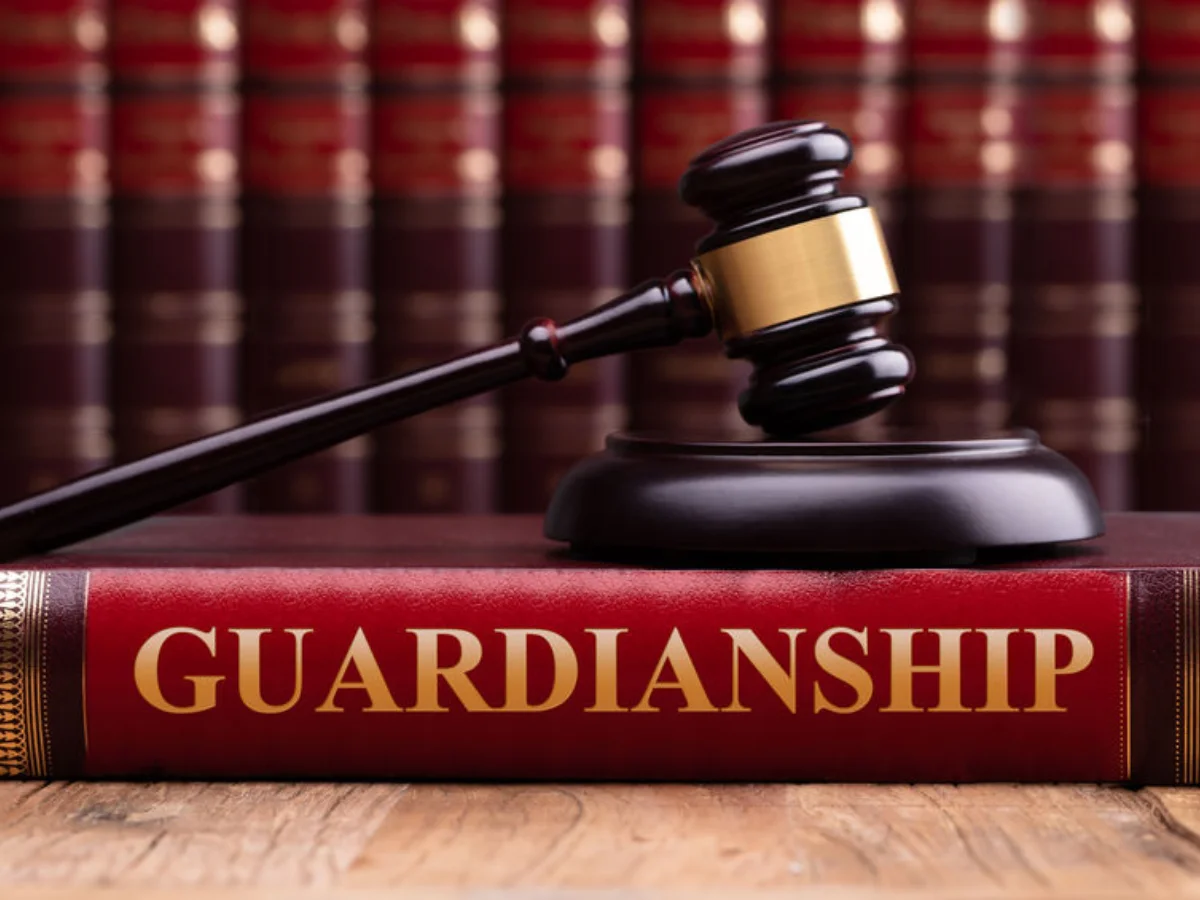Introduction
Changing your name after a divorce can be a significant step in reclaiming your identity and moving forward in life. In New York, the process of legally changing your name after a divorce involves specific procedures and requirements. This article will guide you through the steps of changing your name post-divorce in the state of New York.
Understanding the Importance of a Name Change
After a divorce, many individuals opt for a name change to distance themselves from their former spouse or to take back their pre-marital name. A name change can also help in various aspects of life, such as personal and professional relationships.
Step 1: Obtain Your Divorce Decree
The first step in legally changing your name after a divorce is to obtain a certified copy of your divorce decree. This decree is the legal document that confirms the dissolution of your marriage. You can request a copy from the court where your divorce was finalized.
Step 2: Choose a New Name
When changing your name, you have the option to revert to your pre-marital name or choose a completely new one. Take your time to decide on a name that reflects your personal identity and preferences.
Step 3: Complete a Name Change Petition
In New York, the legal process of changing your name typically requires you to complete a Name Change Petition. You can obtain this form from the New York Supreme Court or download it from their official website. Fill out the petition accurately and honestly.
Step 4: Gather Required Documentation
You’ll need to gather specific documents to support your name change petition. These documents may include:
- A copy of your divorce decree
- Your completed Name Change Petition
- Fingerprints, as required for a background check
- Proof of your identity, such as a driver’s license or passport
- Proof of your residency in New York
Step 5: File Your Petition
Once you’ve completed the necessary forms and gathered the required documents, you must file your Name Change Petition with the New York Supreme Court. There is a filing fee associated with this process, so be prepared to pay this fee when submitting your petition.
Step 6: Background Check
After filing your petition, you may be subject to a background check. This check is conducted to ensure that the name change request is not for fraudulent or illegal purposes.
Step 7: Attend a Court Hearing
In some cases, a court hearing may be required. If so, you’ll receive a notice with the date and time of the hearing. During the hearing, you may be asked to provide reasons for the name change, so be prepared to explain your motivations.
Step 8: Receive Your Court Order
If your name change is approved, the court will issue a court order, officially granting your name change. Make sure to request a certified copy of this order for your records.
Step 9: Update Your Records
With your court order in hand, you can now begin the process of updating your name on various documents and records. This includes your driver’s license, social security card, passport, bank account, and any professional licenses.
Conclusion
Changing your name after a divorce in New York is a straightforward process, provided you follow the legal requirements and procedures. It’s essential to complete the necessary paperwork accurately and honestly, attend any court hearings, and update your records to reflect your new name. This name change can be a significant step in your journey toward a fresh start.
FAQs
1. Can I change my name to anything I want after a divorce in New York?
- In most cases, you can choose any name you prefer, but it should not be for fraudulent or illegal purposes.
2. How long does the name change process typically take in New York?
- The duration can vary, but it usually takes a few months from the time of filing your petition to receiving a court order.
3. Do I need an attorney to change my name after a divorce in New York?
- It is not mandatory to hire an attorney, but seeking legal advice can help ensure a smooth name change process.
4. Can I change my child’s name as well during this process?
- If you have legal custody, you may be able to change your child’s name, but this requires a separate petition and approval from the court.
5. What should I do if my name change petition is denied?
- If your petition is denied, you can consult with an attorney to address the reasons for denial and potentially reapply in the future.
Read More: https://www.courtsandchildren.org/
More Related:
Disadvantages of Divorce in the Philippines
When Does Separate Property Become Community Property in Texas?
Texas Separate Property Reimbursement Claim
Does MetLife Legal Plan Cover Divorce?
Are Divorce Legal Fees Tax Deductible in Canada?
Contents
- 1 Introduction
- 1.1 Understanding the Importance of a Name Change
- 1.2 Step 1: Obtain Your Divorce Decree
- 1.3 Step 2: Choose a New Name
- 1.4 Step 3: Complete a Name Change Petition
- 1.5 Step 4: Gather Required Documentation
- 1.6 Step 5: File Your Petition
- 1.7 Step 6: Background Check
- 1.8 Step 7: Attend a Court Hearing
- 1.9 Step 8: Receive Your Court Order
- 1.10 Step 9: Update Your Records
- 1.11 Conclusion
- 1.12 FAQs























